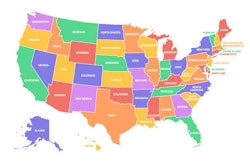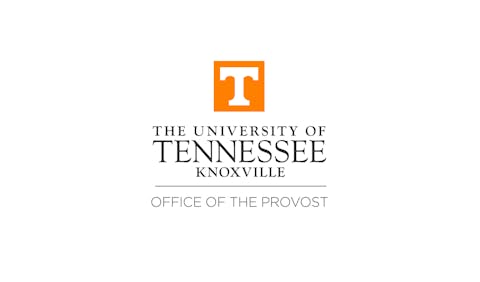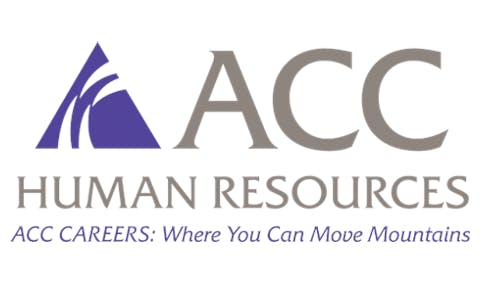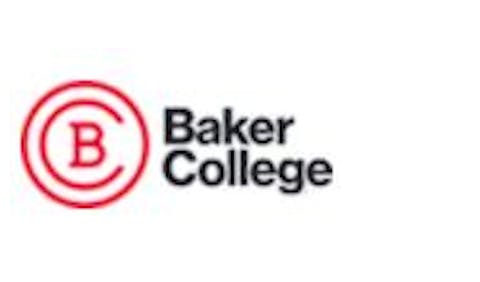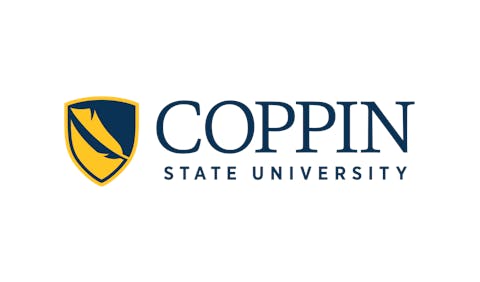 Janiel Santos
Janiel Santos
The research brief documents how California has worked to broaden college opportunity since voters approved Proposition 209 in 1996, which effectively banned affirmative action in the state's public colleges and universities.
The impact was immediate and severe. Following the measure's enactment in 1998, enrollment of Black, Latinx, and Native American students at UC Berkeley and UCLA fell by 50 percent and 40 percent, respectively.
Since then, California has employed multiple race-neutral strategies to address these declines, though challenges persist. The report highlights three key approaches: strengthening pathways from high school and community colleges to four-year institutions, investing in robust data infrastructure, and rethinking recruitment and admissions practices at selective universities.
California has expanded dual enrollment programs, with roughly one-third of the state's high school class of 2025 taking dual enrollment coursework. The state's Career and College Access Pathways (CCAP) program has grown rapidly, with 82 percent of CCAP students enrolling in college compared to 66 percent of high school graduates statewide.
The Associate Degree for Transfer (ADT) program guarantees community college students a spot in the California State University system as juniors. Students in the ADT program graduate with an average of 6.5 fewer excess credits than peers pursuing traditional associate degrees, and more than 50 percent of ADT transfer students at CSU graduate within two years.
California's Cradle-to-Career Data System connects information from nine state agencies across K-12, higher education, and workforce sectors. This integration enabled CSU to launch a direct admissions pilot program in partnership with Riverside County, where eligible high school seniors received guaranteed admission to participating CSU campuses before applying.
In its first year, the program sent more than 17,000 direct admissions letters to Riverside County students, resulting in a 15 percent increase in applications, a 9 percent increase in admissions, and a 43 percent increase in students who committed to attend a participating CSU campus.
At the University of California system, all campuses now use holistic review processes and removed standardized testing requirements in 2020. Research shows the implementation of holistic review at six UC campuses in 2002 resulted in a 7 percent increase in the number of students of color between 2002-2012.
Neither UC nor CSU considers legacy status in admissions decisions. In September 2025, new state legislation prohibited the practice at private colleges and universities as well, making California one of the only states to extend legacy bans to private institutions.
Despite these efforts, significant disparities remain. At UCLA in fall 2023, there was a 31 percentage point difference between the share of Latinx high school graduates statewide (54 percent) and the share of Latinx students enrolled (23 percent).
However, recent data suggests progress. In fall 2024, UC announced it had admitted its largest class to date, with Black enrollment increasing by 5 percent and Latinx enrollment by 3 percent.
"California's experience provides valuable lessons on expanding college access in a race-neutral context," said Janiel Santos, assistant director of research at IHEP and lead author of the brief. "By offering multiple entry points and flexible pathways into a postsecondary education, the strategies pioneered there offer critical proof points for other states seeking to build more equitable systems of higher education."
Dr. April Grommo, assistant vice chancellor of Strategic Enrollment Management at California State University, noted the comprehensive nature of the state's approach.
"For nearly thirty years, California has opened college doors without using race-conscious admissions. That challenge has inspired the CSU system to strengthen every tool we have to reach and support California's students," she said. "We've listened, learned, and reimagined how we connect with students—because every outreach effort, partnership, and pathway is about helping more students see themselves at the CSU."
Together, the UC and CSU systems serve more than 600,000 undergraduates, alongside a sprawling community college system that reaches a highly diverse student population.
The report comes as institutions nationwide continue adjusting to the Students for Fair Admissions v. Harvard decision, which limited race-conscious admissions practices nationally in 2023.







